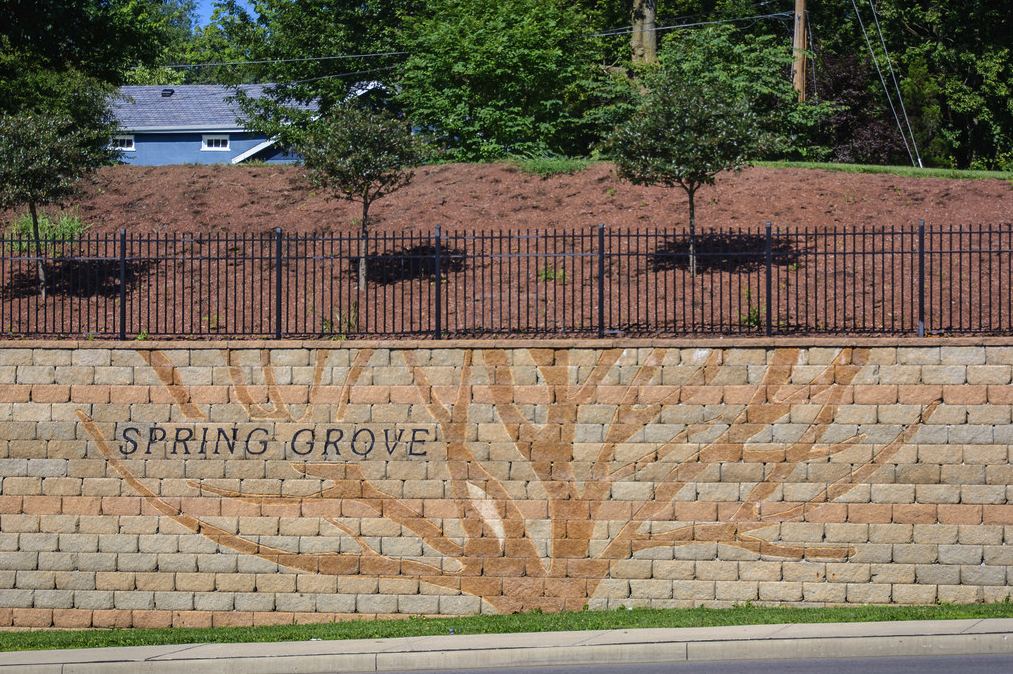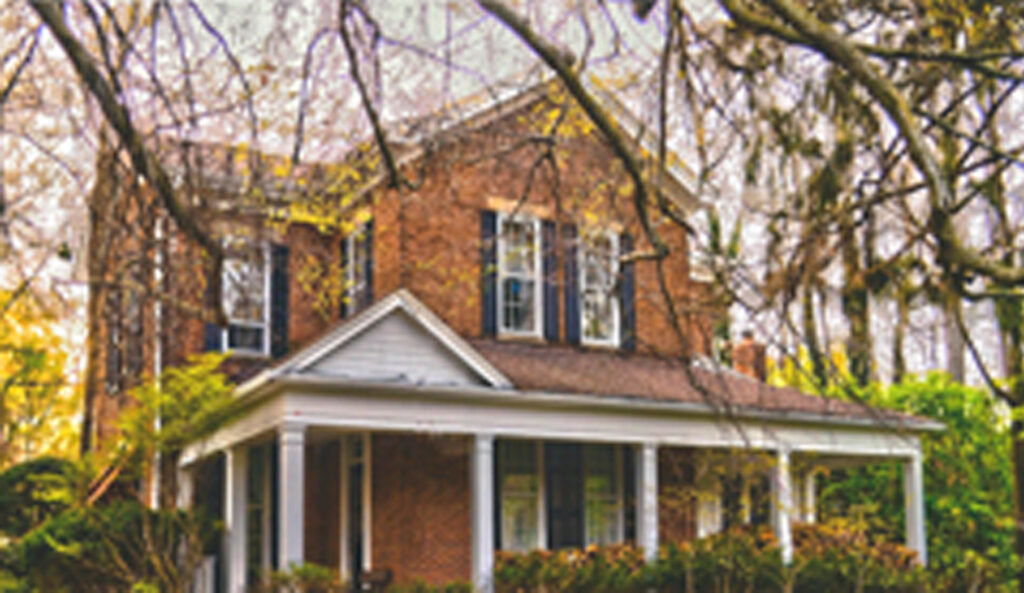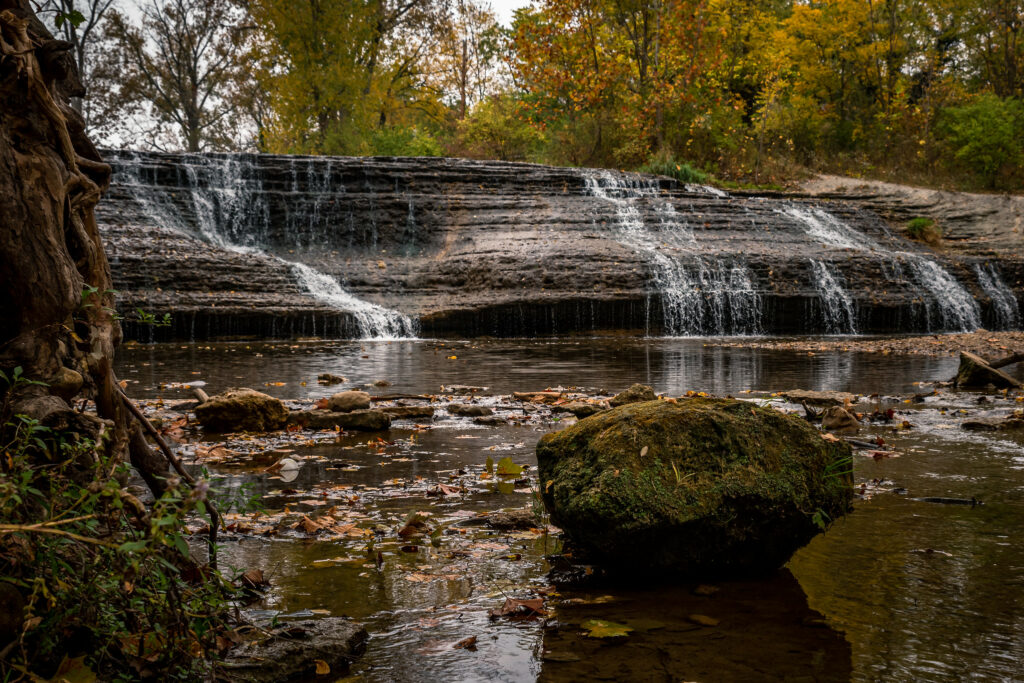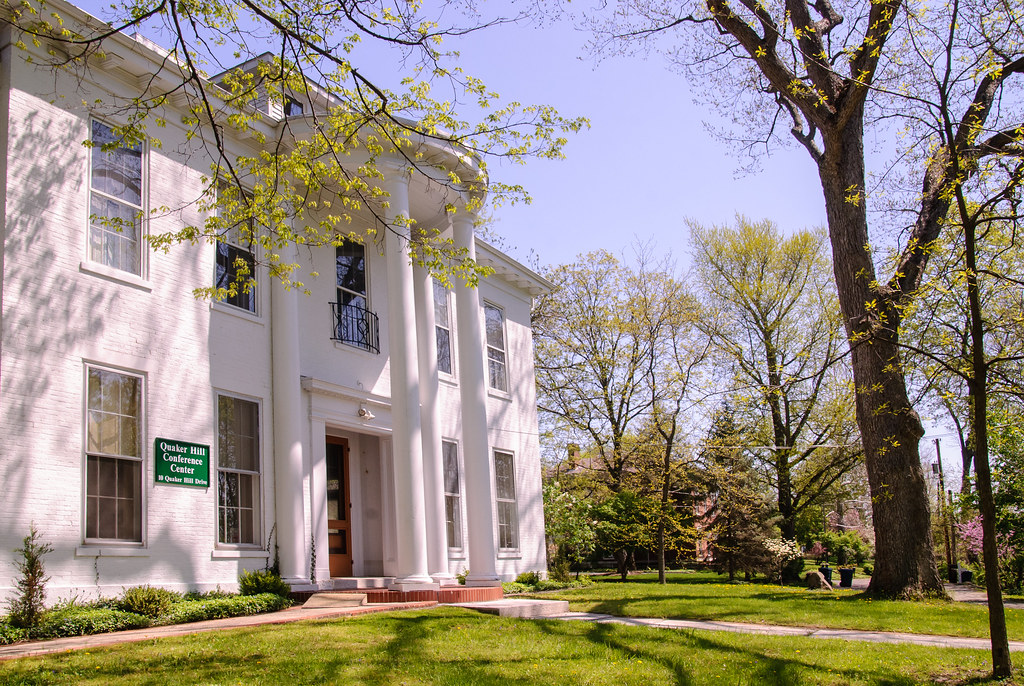About
Our history
In the 1800s, Spring Grove emerged under the leadership of Isaac Evans, a well-known Quaker figure. Evans, a prominent landowner, controlled the territory extending from Sim Hodgin Parkway to what is now Sylvan Nook Drive, forming Spring Grove’s north-south boundary. Evans also owned a linseed oil mill strategically located near the Whitewater River and Sim Hodgin Parkway. In 1855, Evans built his residence on Quaker Hill Drive, which presently serves as the Quaker Hill Conference Center, which doubles as Spring Grove’s town hall.
Today, Spring Grove is enveloped by the city of Richmond, which annexed the northern areas, extending beyond the I-70 interchange, many years ago. Despite our small-town status, we boast residential enclaves, a nursing home, a greenhouse, and a cluster of medical and dental practices alongside other low-traffic professional ventures. Our zoning regulations are stringent, excluding fast-food outlets and high-traffic commercial enterprises from our precincts. We take pride in our meticulously maintained corridor, serving as the welcoming gateway to the heart of Richmond!

Areas of interest

Isaac Evans Home
A beautiful, historic home built in 1864 by Spring Grove’s founder, Issac Evans. The home was built for his daughter and is located on Chester Boulevard (US 27).

Thistlethwaite Falls
Nestled on the western border of Spring Grove, this picturesque attraction is a captivating sight. The waterfall, a tributary to the Whitewater River, draws visitors throughout the seasons.

Quaker Hill Conference Center
Built in 1855 by Isaac Evans, Spring Grove’s founder, the Quaker Hill Conference Center is a versatile facility. Serving as both our town hall and an event venue, it stands as a testament to our rich history.
